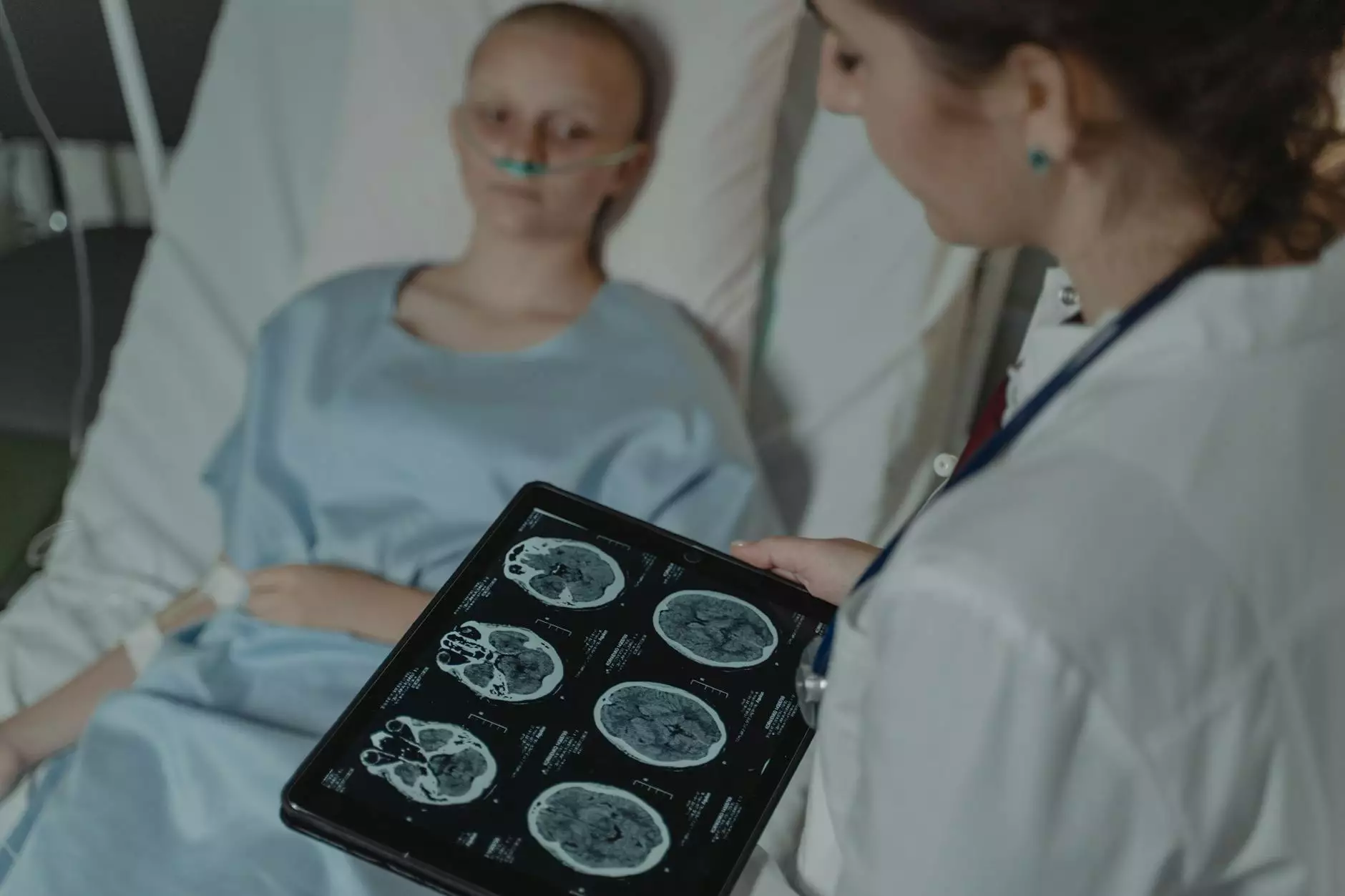Understanding Lung Cancer CT Scans: A Comprehensive Guide

Lung cancer remains one of the leading causes of cancer-related deaths globally. Early detection is crucial in increasing survival rates. One of the most effective tools for diagnosing lung cancer is the CT scan. In this article, we delve into the importance of lung cancer CT scans and how they significantly impact patient outcomes.
What is a Lung Cancer CT Scan?
A CT scan, or computed tomography scan, is a medical imaging technique that uses a series of X-ray images taken from different angles to create cross-sectional images of the body. When it comes to detecting lung cancer, a CT scan is an invaluable tool. It provides detailed images of the lungs, providing information about the size, shape, and density of lung tissues.
Why is a CT Scan Essential for Lung Cancer Detection?
CT scans are particularly beneficial in the early detection of lung cancer for several reasons:
- Eagle-Eye Precision: The high-resolution images from a CT scan allow physicians to detect even small tumors that would be otherwise invisible on a standard chest X-ray.
- Non-Invasive Procedure: CT scans are non-invasive, meaning they can be performed without the need for surgery, making them a safer option for patients.
- Detailed Imaging: Unlike traditional imaging techniques, CT scans provide detailed images of both the lungs and surrounding structures, helping to assess whether cancer has spread.
- Guidance for Biopsies: In some cases, CT scans can assist in guiding fine needle aspiration biopsies to obtain tissue samples from suspected tumors.
Who Should Consider a Lung Cancer CT Scan?
Determining who should have a lung cancer CT scan is vital in the fight against this disease. The following groups of people are generally advised to undergo regular screening:
- Heavy Smokers: Individuals aged 50 to 80 years with a 30-pack-year smoking history are at a high risk and should undergo annual screening.
- Former Smokers: Those who have quit smoking within the past 15 years also fall into a high-risk category.
- Individuals with a Family History: People with a familial predisposition to lung cancer may also benefit from regular screenings.
The CT Scan Process for Lung Cancer
Understanding the CT scan process can reduce anxiety and prepare patients for what to expect.
Preparation for the CT Scan
Before undergoing a lung cancer CT scan, patients should adhere to certain guidelines:
- Avoid eating or drinking for a few hours before the exam, especially if a contrast dye will be used.
- Inform the technician about any allergies, particularly to iodine or shellfish, if contrast material is planned.
- Remove any metal objects or jewelry that might interfere with the imaging process.
The Procedure
During the CT scan:
- Positioning: The patient will lie on a motorized table that slides into the CT machine.
- Breath Control: Patients may be asked to hold their breath for a short period to capture clear images.
- Scanning Time: The total time for the scan is usually around 10 to 30 minutes.
What to Expect After the CT Scan?
After the CT scan is complete, patients can typically resume normal activities. If a contrast dye was used, they might be monitored for a short period to check for any allergic reactions. Results of the scan usually become available within a few days and will be communicated by the healthcare provider.
Understanding CT Scan Results
The interpretation of CT scan results is critical in determining the presence of lung cancer:
- Identifying Nodules: The radiologist will examine the images for any nodules or masses that might be indicative of cancer.
- Size and Shape Assessment: Both the size and shape of nodules can provide clues; irregular shapes may raise suspicion for malignancy.
- Follow-Up Scans: Sometimes, a follow-up scan is recommended to monitor changes in nodules over time.
Benefits of Early Detection Through CT Scans
Early detection of lung cancer through CT scans offers numerous advantages:
- Improved Survival Rates: Studies show that early-stage lung cancer has a five-year survival rate of over 50% compared to just 5% for advanced stages.
- More Treatment Options: Detecting cancer early can lead to a wider range of treatment options, including but not limited to surgery, radiation, and targeted therapies.
- Less Aggressive Treatments: Early-stage lung cancer may require less aggressive treatment approaches which can lead to a better quality of life.
Potential Risks and Considerations
While CT scans are incredibly helpful, they do come with certain risks and considerations:
- Radiation Exposure: CT scans expose patients to radiation, although the risk is considered low compared to the benefits of early detection.
- False Positives: Sometimes, benign nodules may be mistaken for cancer, leading to unnecessary stress and additional testing.
- Cost and Accessibility: Depending on healthcare systems and insurance, the cost of CT scans might pose a barrier for some patients.
Conclusion
In conclusion, lung cancer CT scans are a powerful diagnostic tool that plays a pivotal role in early detection, aiding in the fight against lung cancer. Understanding the process, benefits, and associated risks equips patients with the knowledge to make informed decisions about their lung health.
At Hello Physio, we are committed to promoting health and wellness through advanced medical imaging and diagnostic service availability. We encourage individuals, particularly those at higher risk, to discuss the benefits of lung cancer CT scans with their healthcare providers to take proactive steps towards lung health.









